Net binding
WHAT IS NET BINDING?
Applicable to pelagic fisheries, net binding is the practice of binding sections of the net which pose the most threat to seabirds before shooting, particularly where mesh size is 120–800mm. Bindings of 3-ply sisal string or similar, with a breaking strength of around 110kg, are tied to the net at intervals of 5m. These prevent the net from lofting and the mesh opening after shooting, and help to increase the speed at which the net sinks, so the net can sink beyond the diving depth of seabirds. Once the trawl doors are in the water, the force causes the bindings to break, and the net to open and spread into its standard position. When applying string, one end should be tied to the net to prevent it from slipping down and to ensure it can be removed during hauling. It is recommended that net binding is used in combination with net cleaning and net weights to minimise the time the net is on the surface.
“Net binding” can also refer to the practice of closing the mouth of the net or otherwise minimising the size of the mouth as it is hauled, to reduce access by seabirds.
CURRENT RESEARCH AND USE
Research into net binding remains limited to two studies which are not available as abstracts or publicly accessible reports. The studies are cited in a BirdLife/Agreement for Conservation of Albatrosses and Petrels (ACAP) factsheet and an ACAP report and, according to these secondary sources, they have shown net binding to be effective at reducing to minimal levels the bycatch of seabirds such as white-chinned petrels and black-browed albatrosses in the South Georgia icefish trawl fishery. The Commission for the Conservation of Antarctic Marine Living Resources (CCAMLR) has now made the method mandatory. Fishermen reportedly find net binding to be cheap, simple, and safe. It is reported that many vessels in the New Zealand deepwater trawl fleet have adopted net binding practices since 2006 with anecdotal evidence of reductions in rates of seabird bycatch.
This page was last updated on 12.10.23.
